Inspired by its own success in relocating to Canada last year more than 1,200 mostly Yazidi women enslaved by ISIS, the Liberal government is vowing to bring in another 1,000 vulnerable women and girls from various conflict zones around the world.
In its newly released Budget 2018, the Trudeau government proposes to spend $20.3 million over five years, beginning in 2018-19, to welcome these women and girls to Canada.
The government will work with the United Nations Refugee Agency, the UNHCR, to identify these vulnerable women, said Faith St-John, a spokesperson for Immigration, Refugees and Citizenship Canada (IRCC).
These women will come under the government-assisted refugee program that covers all the expenses of relocation and gives their beneficiaries a permanent resident status in Canada, St-John said Friday.
‘Unique opportunity for these women’
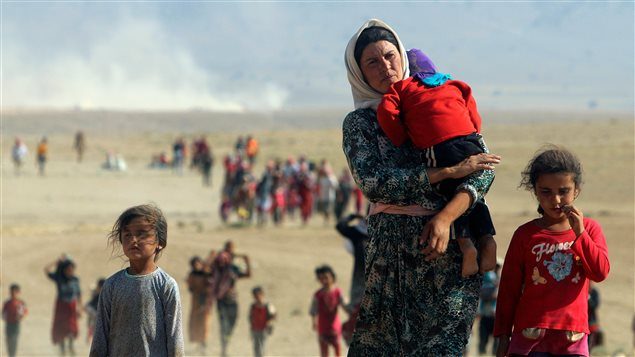
Displaced people from the minority Yazidi sect, fleeing violence from forces loyal to the Islamic State in Sinjar town, walk towards the Syrian border on the outskirts of Sinjar mountain near the Syrian border town of Elierbeh of Al-Hasakah Governorate in this August 11, 2014.
( Rodi Said / REUTERS)
“It’s a great news for women and girls in refugee situation,” said Jean-Nicolas Beuze, the UNHCR Canada Representative in Ottawa.
The resettlement of these women and girls will allow many of them to rebuild their lives marked by unimaginable horrors, Beuze said in a phone interview.
“We are speaking about extremely vulnerable women: it may be rape survivors, it may be single women with children or widows who have difficulty getting by and may be forced into prostitution or survival sex, or female human rights defenders who are at risk of being detained or sent back to their country of origin,” Beuze said.
“Canada provides a unique opportunity for these women to get out of dangerous situations and start afresh in Canada.”
Few details
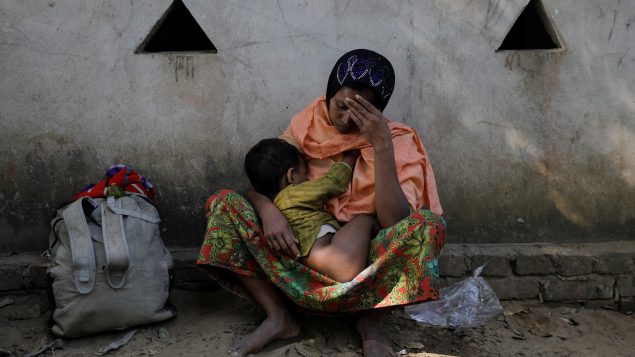
A Rohingya refugee woman breast-feeds her child after they crossed Myanmar-Bangladesh border at the village of Maughpara near Cox’s Bazar, Bangladesh December 25, 2017. (Marko Djurica/REUTERS)
However, the government has released very few details about the proposed program.
Officials with the IRCC did not answer queries by Radio Canada International on whether they plan to continue their program of bringing in vulnerable women from northern Iraq, or whether they would focus on other conflicts as well, such as the Rohingya crisis in Myanmar and Bangladesh or one of the many crises in Africa.
Beuze said the idea of focusing some of Canada’s refugee relocation programs on efforts to resettle vulnerable women and girls was discussed between United Nations High Commissioner for Refugees Filippo Grandi and Prime Minister Justin Trudeau back in November of last year.
UN officials felt it was a good fit with Canada’s then newly released feminist foreign policy, Beuze said.
“The idea was really to say because Canada has specific interest and specific leadership on women, why not have a program dedicated to women in danger or women in need of resettlement globally?” Beuze said.
“It’s not specific to ethnic group or a country of origin, it’s more focused on the nature of vulnerabilities of those women wherever they are.”
Need-based program
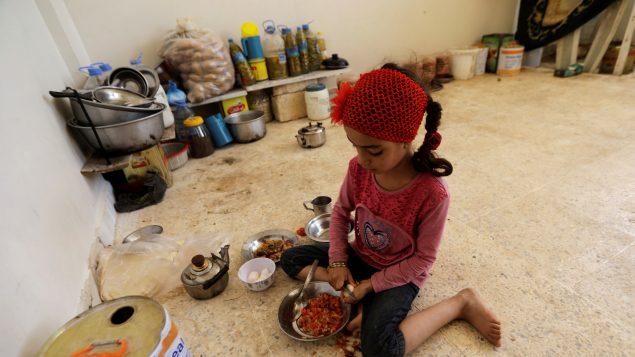
An internally displaced Syrian girl, who fled Deir ez-Zor, chops onion at a school, a former Islamic State base, in the Syrian city of al-Bab, Syria September 19, 2017. (Khalil Ashawi/REUTERS)
The prioritization will be done based on the nature of the needs of these women and girls, such as the need to be relocated to a country like Canada for security reasons, or to have access to specific medical care, or for better livelihood opportunities to provide for their children, Beuze said.
“We have fewer and fewer places for resettlement for those solutions,” Beuze said. “We resettle only eight per cent of the refugees we identify as extremely vulnerable, those who cannot survive in the country where they found asylum. The fact that Canada is coming up with this kind of leadership is to be very much commended.”
Canada could do more
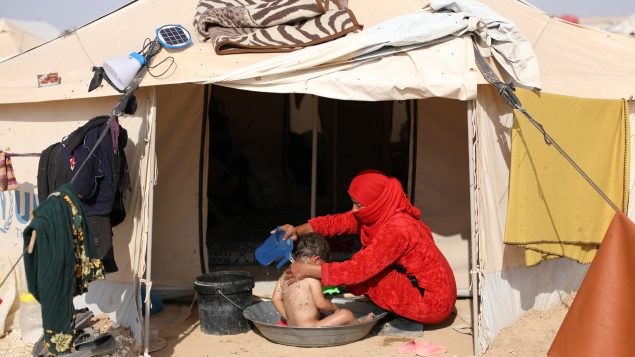
An internally displaced woman who fled Deir ez-Zor bathes her child at Qana refugee camp in southern Hasakah, Syria November 26, 2017. (Rodi Said/REUTERS)
Jenny Kwan, the New Democratic Party’s critic on immigration and multiculturalism, said the government can do much more than bring in 1,000 women refugees over a period of five years.
“Just to break that number down a little bit, that’s about 200 women and girls (per year) that we would be helping to resettle in the context of the global situation to which there are about 11 million women and girls that are in vulnerable situations,” Kwan said. “It’s a very small amount in terms of what we’re doing.”
It’s also not clear how the budget will address the current need for resettlement services, Kwan said.
“There are still refugees and newcomers who are still waiting for language training, for example, and they have not been able to access it,” Kwan said.
Michelle Rempel, the Conservative critic for immigration, could not be reached for comment.
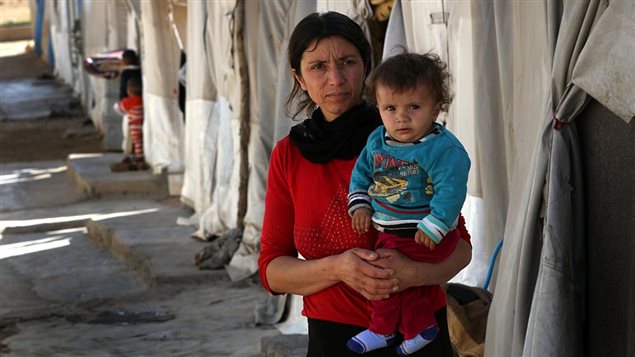






For reasons beyond our control, and for an undetermined period of time, our comment section is now closed. However, our social networks remain open to your contributions.